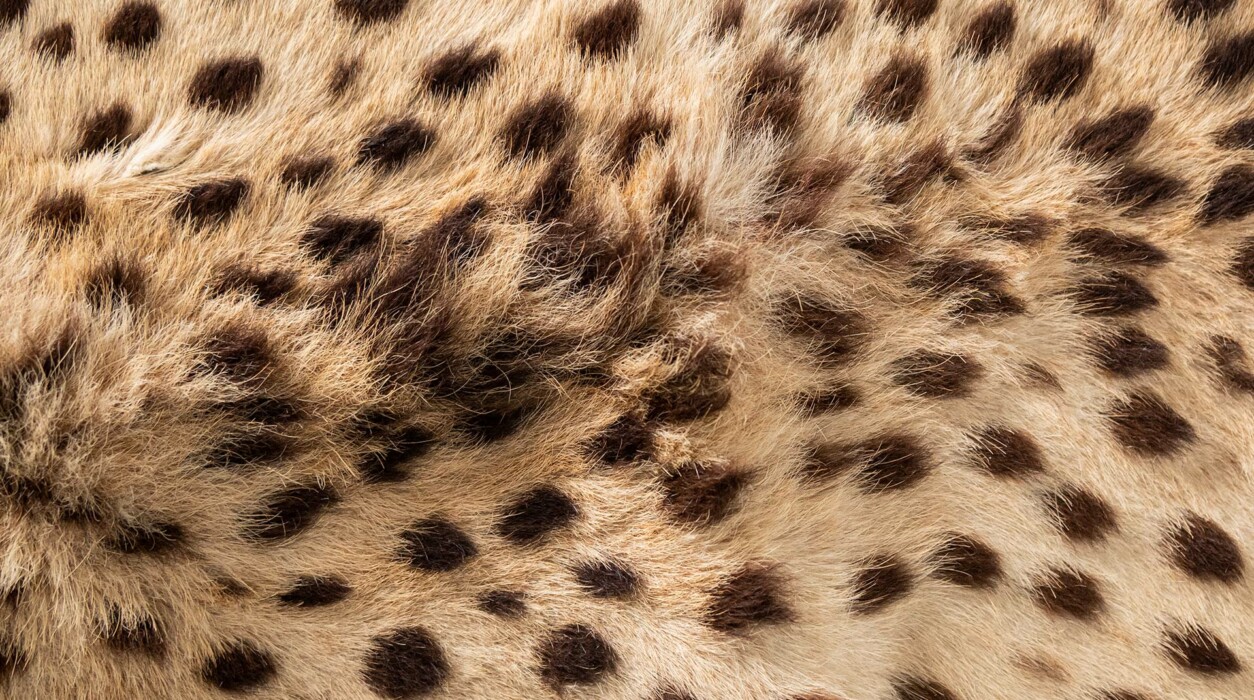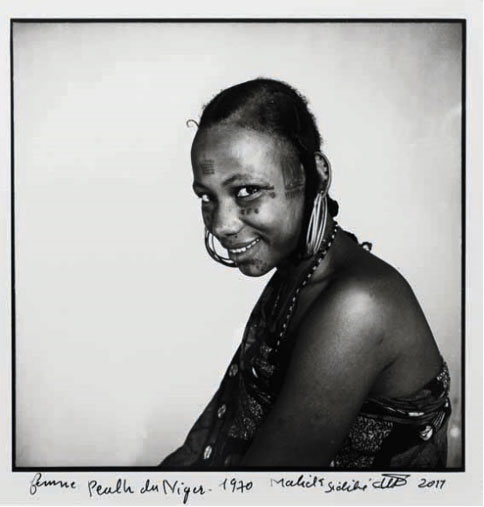The Eiger Foundation is thrilled to announce the winner and runners-up of its first African Photobook of the Year Awards. This annual prize supports work that contributes significantly to the evolving narrative of photography. This prize has been awarded to a memorable photographic publication by a photographer from or working in Africa in 2022. Seventeen shortlisted book were chosen by the international jury from a total of 4000 submissions. Out of this, one winner and three runner-ups were selected.
The judges included in the 2022 jury
Elvira Dyangani Ose (Director, MACBA – Barcelona Museum of Contemporary Art), Touria El Glaoui (Founding Director, I-54 Contemporary African Art Fair), Ben Krewinkel (photo historian and African photobook expert), Katharina von Flotow (filmmaker, photographer, and independent curator), Benjamin Füglister (artist, cultural entrepreneur, founder of CAP prize), Roger Ballen (photographer, artist, and Founding Director, Inside Out Centre for the Arts), and Leonard O’Brien (Chairman, The Eiger Foundation).
According to chairman of the organisation, Leonard O’Brian, “It has been a true honour to have supported and judged the array of high-quality book entries received for our first year of the Eiger Foundation Africa Photobook of the Year Awards. The array of countries depicted – their landscapes, peoples, and wildlife – capture the diversity, richness, and beauty of Africa. More importantly, with their keen vision and insight, these photographers have helped us to reimagine the continent, and revealed its complexity and magic.”
Winner: The African Lookbook: A Visual History of 100 Years of African Women, by Catherine McKinley

Most of us grew up with images of African women that were purely anthropological—bright displays of exotica where the deeper personhood seemed tucked away. Or they were chronicles of war and poverty—“poverty porn.” But now, curator Catherine E. McKinley draws on her extensive collection of historical and contemporary photos to present a visual history spanning a hundred-year arc (1870–1970) of what is among the earliest photography on the continent. These images tell a different story of African women: how deeply cosmopolitan and modern they are in their style; how they were able to reclaim the tools of the colonial oppression that threatened their selfhood and livelihoods. Featuring works by celebrated African masters, African studios of local legend, and anonymous artists, The African Lookbook captures the dignity, playfulness, austerity, grandeur, and fantasy-making of African women across centuries.
McKinley also features photos by Europeans—most starkly, striking nudes—revealing the relationships between white men and the Black female sitters where, at best, a grave power imbalance lies. It’s a bittersweet truth that when there is exploitation there can also be profound resistance expressed in unexpected ways—even if it’s only in gazing back. These photos tell the story of how the sewing machine and the camera became powerful tools for women’s self-expression, revealing a truly glorious display of everyday beauty.
All images from the book The African Lookbook: A Visual History of 100 Years of African Women by Catherine McKinley, courtesy of The Eiger Foundation.
Runners-Up
1: A City on a Hill, by Potšišo Phasa

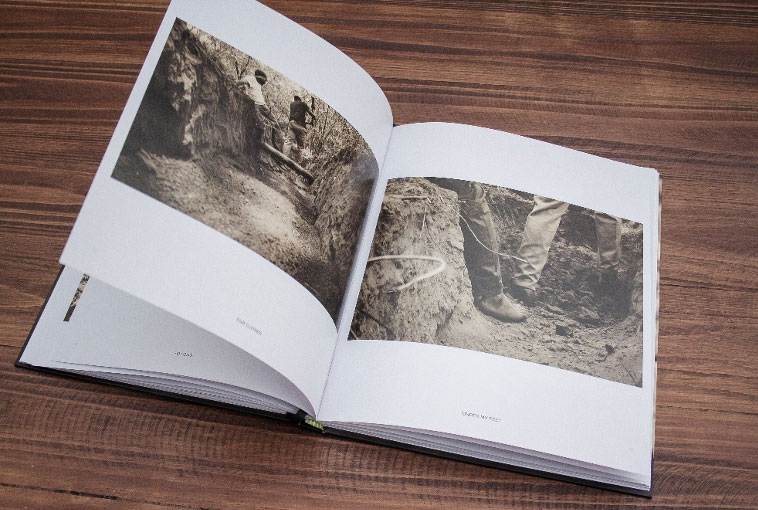
A product of a visual research project that commenced in 2013, A City on a Hill is a highly captivating book offering an inspired and intimate perspective on the human experience as it unfolds in some of Johannesburg’s visible but forgotten spaces. The book makes accessible, in alternative and stimulating ways, knowledge often existing in the academic space and hidden in urban development processes and practice. Set in Johannesburg’s old but evolving mine dumps, the visual narrative follows a group of men who make a living through ‘scavenging’ for scraps of metal on the pale hills. It places them in the context of the strange and distorted mining landscapes they inhabit, and artistically reflects on their struggles for success as they navigate these unsafe spaces to unearth leftover metal shards – which are then sold to scrapyards in the nearby central business district for a pittance. Ultimately, the story portrays the workings of an invisible but vibrant economy on the Gauteng City-Region’s mine dumps – seemingly dead spaces typically overlooked as mere waste grounds. The book, which is part of a wider collection of creative output including fine art photographic prints and a range of short experimental films by the author and photographer, further expresses imaginaries of the city as a living organism that grows and shrinks at various levels, undergoes challenges and is intricately involved in idiosyncratic relationships with its people. Through poetry and imagery, A City on a Hill pictures Johannesburg as a model for the African city – a space bubbling with hope yet haunted by an unjust racial and economic past that complicates the present as it seeks to redefine its own identity in a rapidly changing world. This is explored through themes such as love, spirituality, migration, urban governance, black livelihoods and the notion of work. A City on a Hill is a deeply engaging, ingenious and compassionate reflection on present pains and past gains of African cities.

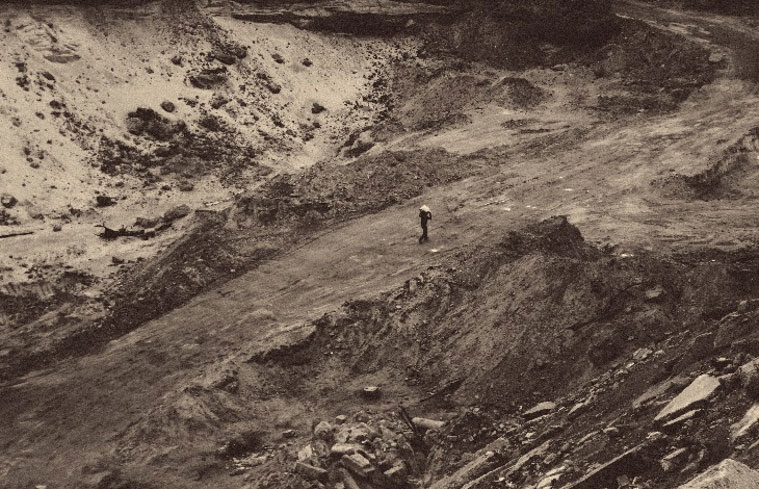
All works: © Potšišo Phasa , courtesy The Eiger Foundation
2: Nguecokh, by Tom Huber


Photographer Tom Huber and designer Christof Nüssli travel to the small Senegalese village of Nguecokh in the Saloum River delta, about 200 kilometres South of Dakar. They return with portraits full of mystical and poetic beauty, a rare vision of rural West-African life from a secluded sub-Saharan settlement – and many questions. For months, they exchange voice messages with their host Mamadou, the village teacher. They discuss climate change, polygamy, and religion. He describes the challenges in the education and health systems and recounts old folktales of trees and woods, and charts Nguecokh’s path to the future.
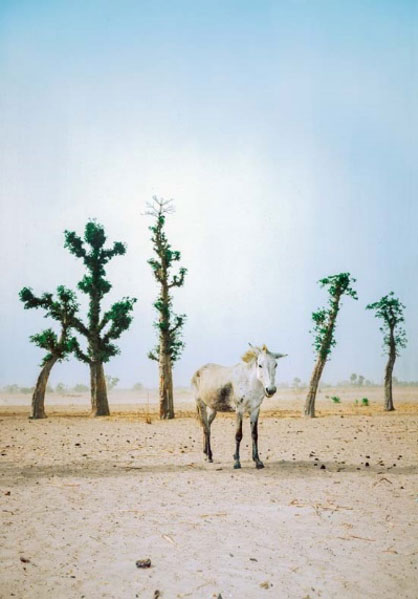
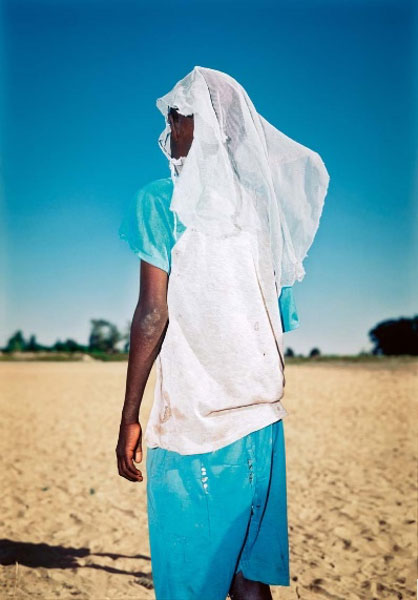
All works: © Tom Huber / Christoph Nüssli, courtesy The Eiger Foundation
3: Nsenene, by Michele Sibiloni

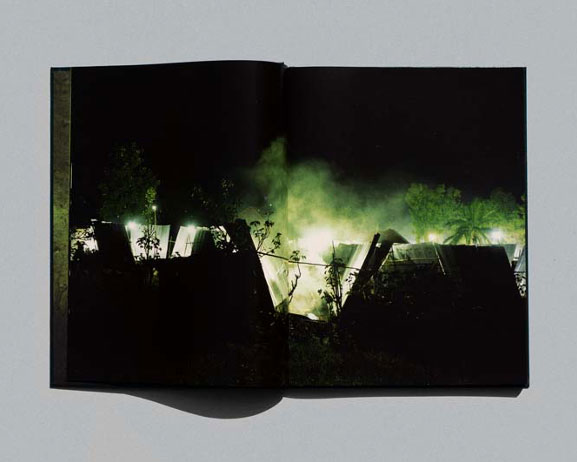
Nsenene are a delicacy and an important source of income in Uganda. Technically bush crickets but generally referred to as “grasshoppers”, nsenene migrate en masse twice a year, right after the two rainy seasons. Huge swarms fill the sky shortly before sunrise. So, night after night during cricket season, many Ugandans stay up till dawn to catch the critters. The omnipresence of the lustrous greenish insects amid the nocturnal mist and the smoke of bonfires submerges the whole country in an otherworldly atmosphere, an eerie effect compounded by all the bizarre paraphernalia involved, especially the fancifully contrived tools and traps. Flurries of hectic activity alternate with long periods of waiting around and killing time. Given their high protein content, they remain a promising source of food for the future, according to the UN Food and Agriculture Organization (FAO), which points out that if more people were to add edible insects to their diet, that could reduce world hunger and improve food security. However, deforestation has decimated migratory insect populations in recent years and some cricket species are now critically endangered. To make matters worse, the rains in Africa are becoming less and less predictable due to climate change, and cricket-harvesting depends entirely on timing. Italian photographer Michele Sibiloni has captured the Ugandan cricket-harvest, an activity that straddles the very fine line between past and future, tradition and modernization, in his highly atmospheric visual idiom. His immediate cinematographic sequences speak volumes not only about the Ugandan situation, but also about the future prospects for our planet as a whole.


View of the book Nsenene byMichele Sibiloni, © Michele Sibiloni, courtesy The Eiger Foundation
